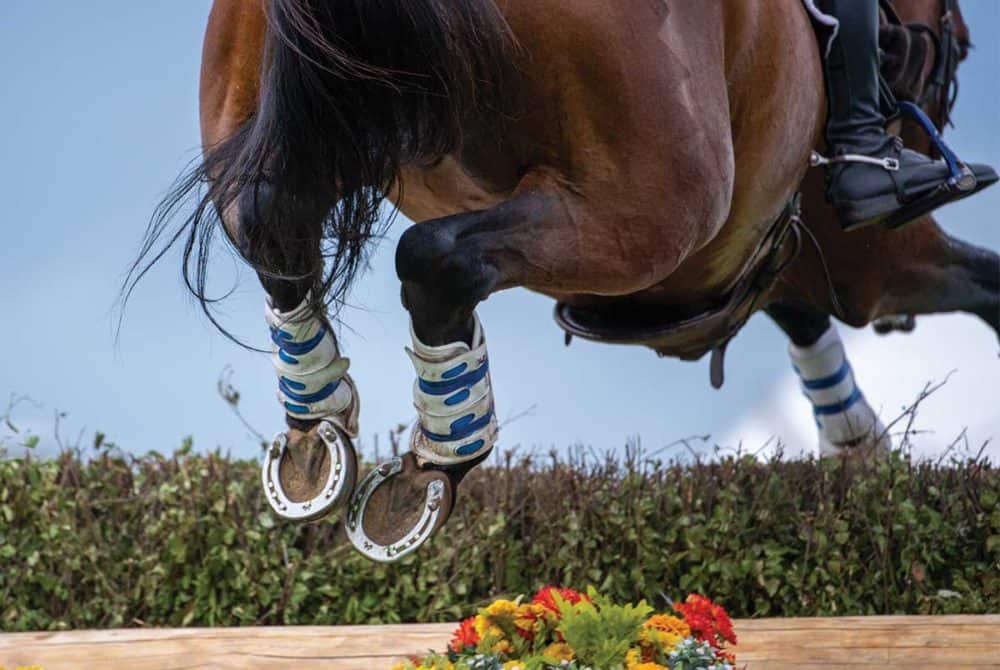On sure footing
Posted 5th August 2022
Studs can improve your horse’s grip and therefore confidence – Fizz Marshall explains how to get started

Studs are the off-road tyres of the horse world. Whether you’re heading cross-country schooling or competing in showjumping, dressage or showing on grass, they offer extra grip for your horse. Here’s how to figure out when and what type you need, as well as how to fit them.
To stud or not to stud?
When competing on grass, one of the biggest choices to make is whether to stud. When the going’s soft, or the grass is wet and slippery, it’s a pretty easy decision to use studs – it’s just a question of what size to use. The options for this are vast, ranging from small, pointy studs that are excellent for good ground with a bit of cut, through to chunky versions that you’d only consider using when the going is very soft.
The main thing to remember is that your horse should always be able to get his foot to the ground without any resistance. This sounds obvious, but over-studding prevents this, which can cause an imbalance in the way your horse loads his legs and feet on landing. This could potentially lead to injury.
Firm ground can prove more of a head-scratcher. Whether to use studs at all, and what to pick, depends on your horse. For those who generate a lot of power, or lose confidence from a slip, even very small firm ground studs can make a difference to how secure they feel and improve your overall performance as a combination.
TOP TIP
Never put bigger studs in your horse’s front shoes than in his hinds. Horses generate power from their hindquarters, which therefore benefit from more grip. Meanwhile, they need to be able to quickly get their front feet out of the way of the back ones as they take each stride, or land over a jump. Larger front than hind studs will affect this natural process and could cause an overreach, or fall.
Single or pair?
While the ideal may be to have two stud holes in each shoe, for some horses this isn’t the right decision. If your horse moves close behind, or throws a front leg, it may be a better option to stud only on the outside of each foot. If you’re not sure, speak with your farrier or trainer for advice.
Read more studding top tips and find out how to fit them in the latest issue – September Horse&Rider available now!











